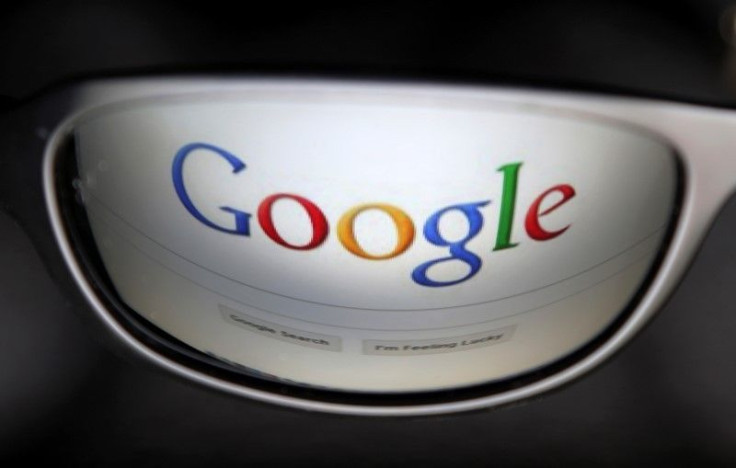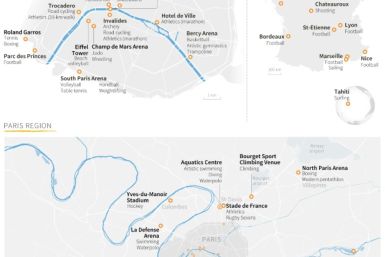Nexus 6, 8 Release Date Update: 3 Killer Material Design Features Packed with Google’s Flagship Devices

Google is touting Material Design as the centre-piece feature of Android L, which is the software that will power into life the upcoming Nexus 6 and Nexus 8 on their respective release dates.
So to further enlighten what the upgrade is all about, the tech giant put together a clip, via its official Android Developers YouTube channel, that essentially explains the visual and practical benefits that will delight users of the Google mobile platform.
In the video, Google engineer Roman Nurik emphatically explained that Material Design is an across the board deployment, meaning the fresh experience will be felt on Google devices and services.
The new design language, according to Nurik is "a single underlying design system (that) organizes interactions and space."
However, the Googler also clarified that the core Material Design principle will deliver a unique experience between the Chromebook and the Nexus tablets and smartphones for instance, stating that "each device reflects a different view of the same underlying system."
Specifically for the Nexus 6 and Nexus 8, below are three of the key feature upgrades that native Android fans can expect:
Bold and colourful look
The intelligent fusion of text and images in Material Design will render the device using the system with straightforward visual designs that is both easy on the eyes and intuitive - the functions readily present themselves to users.
Apple simplified its mobile OS with the iOS 7 redesign but with Material Design, the same approach is present but with refined treatment that highlights simplicity and functionality. The new language architecture will solve the perennial issue of 'visually annoying' effects on most devices, even the high-end ones, Nurik said.
Layout
The Material Design layout focuses on the use of customisable grids that Google thinks is optimal for mobile devices. Surface and shadows have been reworked to achieve minimalism effects that remain buoyant.
Delightful details
Bottom line of the change is to stuff the devices on Material Design with "delightful details," Nurik said. One example is the subtle ripple effect that highlights an area or function with a radiating circle that is non-intrusive but easily noticeable.
Another is the floating action button that Nurik said is so inviting that he uses it multiple times to enjoy the simple but stunning visual treat.
Material Design is already in a phased rollout mode but its glory is expected to fully unfold via the separate Nexus 6 and Nexus 8 release dates that Google will likely push out in short intervals between October and November 2014.






